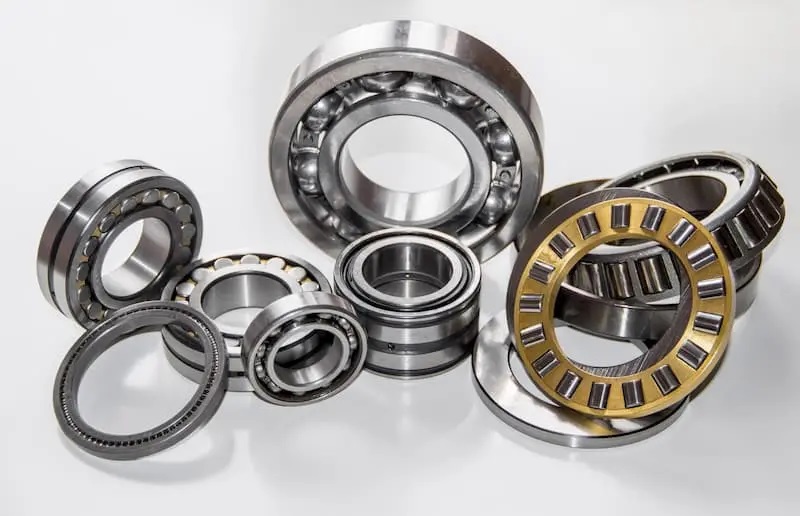Have you ever wondered how turbines, vehicles, motors, engines, and medical equipment work? That’s right. It is because they all use ball bearings. Ball bearings are a one-of-a-kind mechanical device designed for machines that felicitate rotational movement. They ensure that they move in a circular motion smoothly without any friction.
From household appliances to automobiles and any kind of machinery, they help in their smooth functioning, providing the least possible wear and tear. Continue reading to learn about the types, uses, and benefits of ball bearings so that they can be useful if you are looking for quality ball bearings for manufacturing units or machines.
Ball Bearing Types And Their Applications:
· Spherical Ball Bearings
This type is enclosed within a cage or outer ring and features a series of round balls that constantly rotate along the axis. This kind of arrangement allows them to easily bear heavy loads from all four directions such as NSR-TBC Bearings [ตลับลูกปืน LM Guide NSR-TBC, which is the term in Thai]. Mundane items such as roller skates, bicycles, and skateboards use this ball-bearing type.
· Tapered Bearings
In this ball bearing type, tapered rollers are installed along the circumference and separated by conical outer and inner races to handle heavier radial loads. Steering columns, automotive wheel hubs, and rock crushers use this type more often.
· Needle Roller Bearings
Engineered with hardened steel, these are thin and long cylinders separated in two rows equally to bear a higher load capacity. They are predominantly found used in transmissions, engines, pumps, etc.
· Thrust Ball Bearings
Thanks to washer rings and grooved raceways, these bearings can bear axial loads in single or double directions. They are used in electric motors, Automotive engines, and Axle assemblies.
Depending on the engineering project, countless ball bearing types are engineered today besides the ones mentioned above. All of them are intricately crafted with precision so that they offer maximum longevity and reliability while working in extreme operating environments.
Benefits Of Ball Bearing
From consumer to industrial products, ball bearings offer many benefits. Here are a few ways they can be advantageous in different applications:
- They keep friction, vibration, and noise under control
- Their low rolling resistance ensures that they allow ease of movement over surfaces with minimal force or effort
- Manufactured with steel, ball bearings offer excellent usability and durability and do not corrode quickly.
- For heavy-load machines, they offer good mechanical stability
- Minimal maintenance and impressive performance speed are the two advantages of machines installed with ball bearings
Conclusion
Ball bearings are the answer to reducing friction in movable machine parts. Therefore, when selecting one, consider the size, type, load-carrying capacity, and material used. Now that you have learned the types, uses, and benefits, it’s time to explore the limits of using this humble yet powerful tool!

